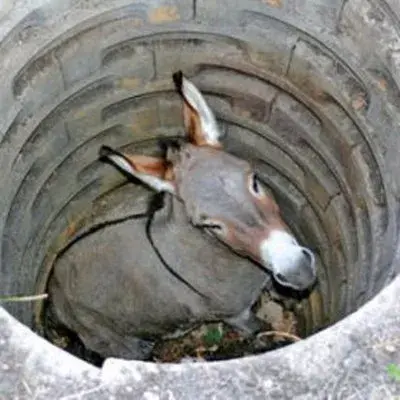

There is particular concern about the continuation of the monitoring at Mauna Loa that began in 1957 – the longest continuous record of CO₂ at a single site. NOAA assists the Scripps-led monitoring there.
“Without NOAA involved, it will be difficult but not impossible to continue measurements nearby,” says Keeling.
I find that hopeful. This is the first I’ve read that there’s any chance of continuing measurements at Mauna Loa against trump’s wishes. I had assumed that the current buildings and equipment are under federal control, as is all nearby land. It would be nice to see some elaboration on how continuation might be possible.





Forests are part of the carbon cycle, not effective long-term storage. It’s an easy mistake to make, thinking that since wood is made from carbon, growing trees should help remove carbon from the atmosphere. Trees can live for hundreds of years, which sounds like a long time to humans, but it’s not. Trees die and their carbon mostly returns to the atmosphere as they decompose or burn in a fire. Living trees are best represent a temporary carbon buffer, not sequestration.
Humans have been bringing sequestered carbon out of retirement - oil represents plants and animals that lived millions of years ago, that got trapped deep underground mostly by happenstance. To effectively remove carbon from the atmosphere, we must take the built up material and store it deep below the earth’s surface. I don’t think burying trees in a big pit will ever become especially popular.